Tobermory 10 year old Whisky
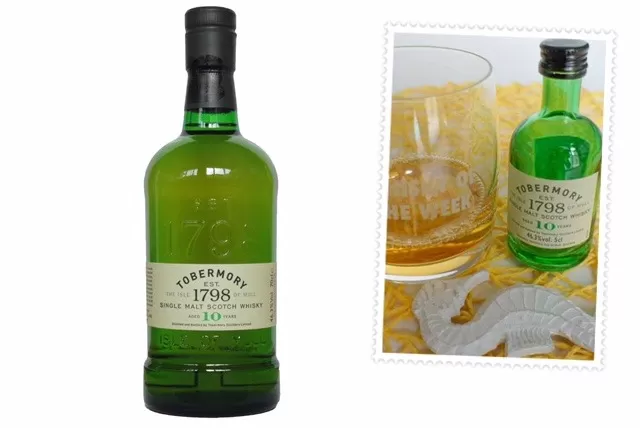
During June 2020, I tasted the Ledaig 10 year old whisky, and today I tried the unpeated Tobermory 10 year old single malt Scotch whisky. The Tobermory is the unpeated release from the distillery.
Whisky of the Week review and tasting notes for whisky I rated Good. When the whisky is drinkable but forgettable. One of us sometimes doesn’t finish the glass. The bottle might be in my collection for a long long time. Rating: Good

During June 2020, I tasted the Ledaig 10 year old whisky, and today I tried the unpeated Tobermory 10 year old single malt Scotch whisky. The Tobermory is the unpeated release from the distillery.
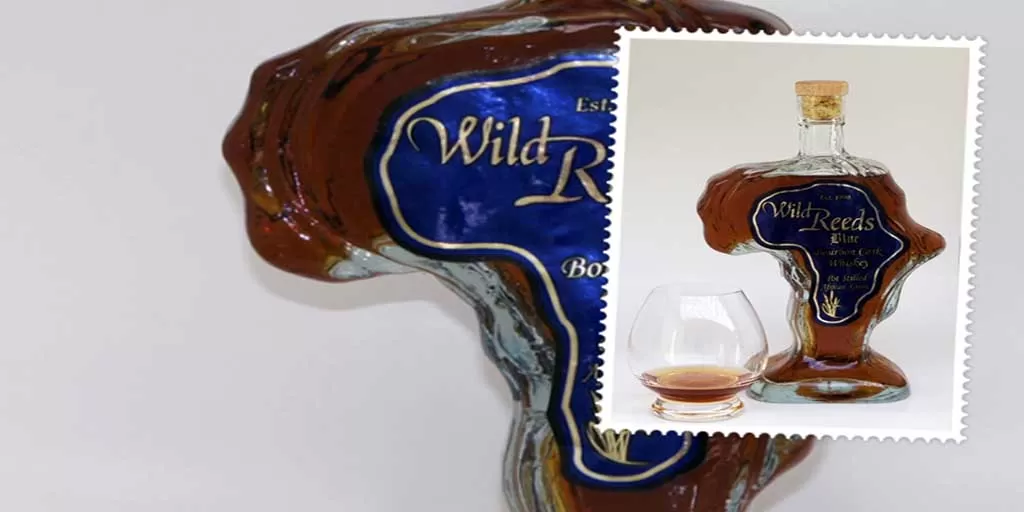
My most read blog post of this past year was the arrival of the Wild Reeds Bourbon Cask whiskey. I found this interesting looking bottle at my local Pick n Pay liquor store. It’s produced by Schoonspruit Distillers in the North-West Province of South Africa. I have never heard of this distiller or whiskey, so I immediately purchased a bottle.
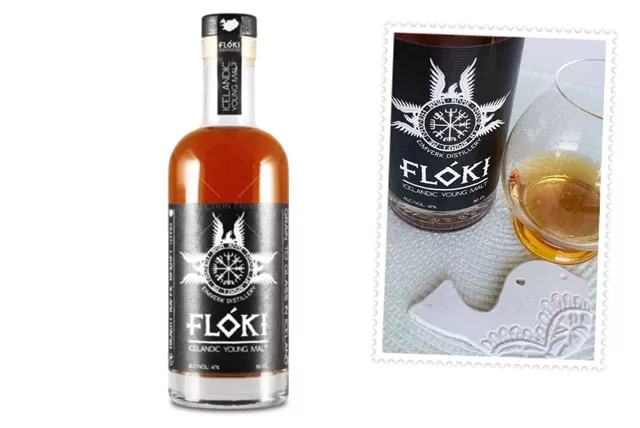
John went climbing in Iceland two years ago. Not a country that was on my bucket list, until we started researching it for his climb. And not a country that you expect whisky from. But he came back with unforgettable memories and a bottle of Floki Icelandic Young malt.
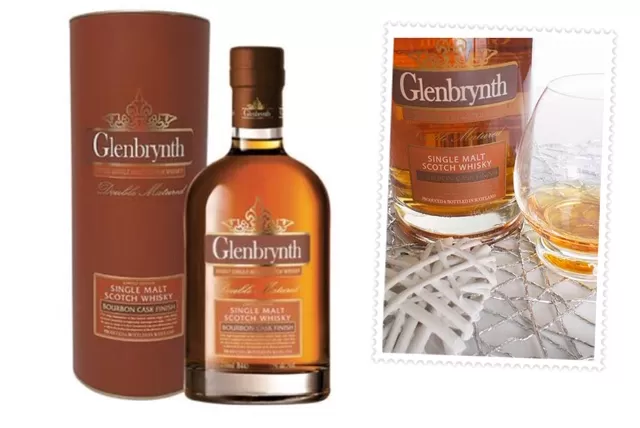
Today I try the Glenbrynth Bourbon Cask single malt Scotch whisky, a whisky discovery with a bit of a story. A year or three ago, while visiting a whisky show, there was a man in a kilt. Not strange at a whisky show, there are usually quite a few men in kilts.
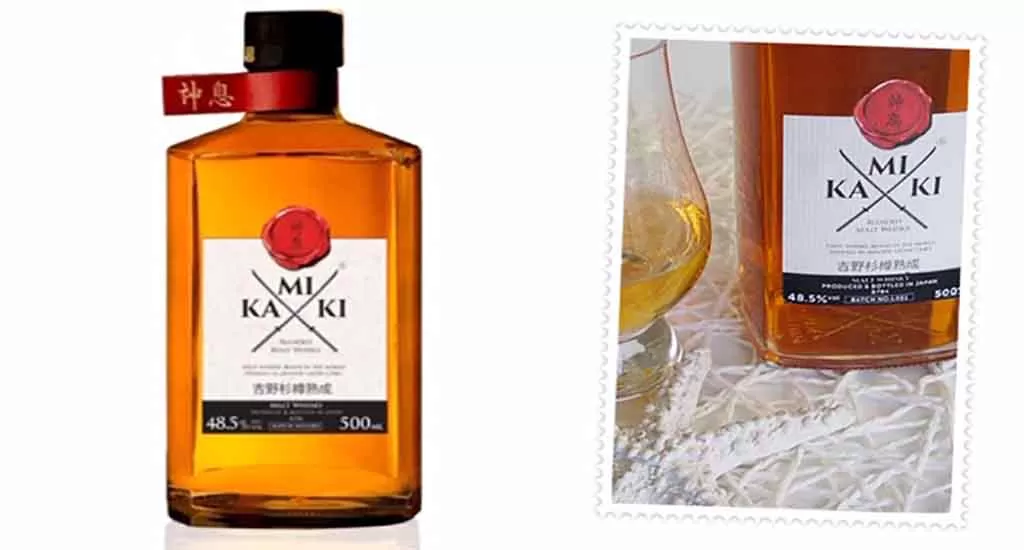
Time for a world whisky again and this week I look at the Kamiki blended malt whisky. I tasted this interesting expression last year at Bottega Cafe in Parkhurst, where Savi has an fantastic variety of whisky.
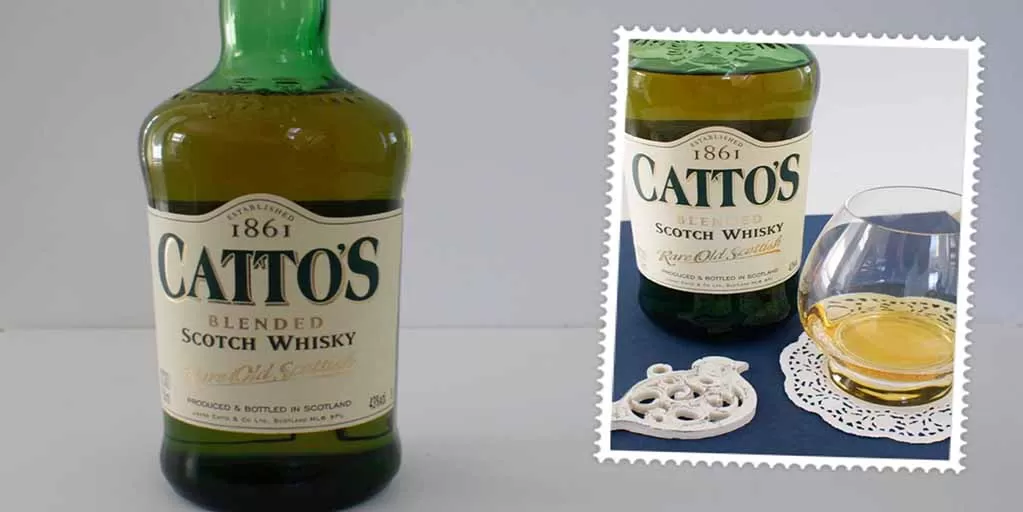
The next edition in my affordable blended whisky series; this week, I look at the Catto’s blended Scotch whisky. It retails for around R 300 in South Africa. It is affordable and in a similar price range as the Johnnie Walker Black Label blended whisky.